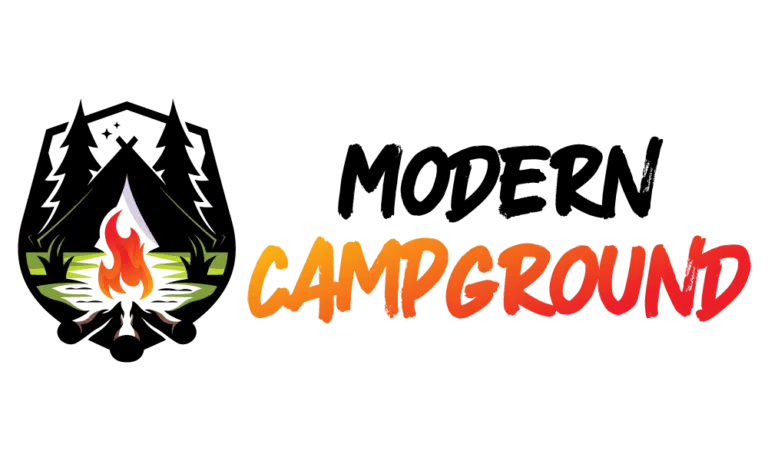A planning application has been submitted for the development of six shepherd’s huts at Dunglass Estate, located just north of Cockburnspath in East Lothian.
The proposal aims to tap into what is described as a “huge” and growing demand for glamping-style accommodations in the region.
Glamping, which merges the experience of camping with higher-end amenities, has continued to grow in popularity across the UK.
According to the East Lothian Courier, approximately one-third of East Lothian’s visitors already opt for stays in caravan parks or camping sites.
The proposal suggests that introducing additional glamping units would help meet unmet demand while contributing to local economic development.
The application was filed by Mr. S Usher and includes architectural plans for the shepherd’s huts. Each unit would feature a separate bedroom, an open-plan kitchen and living area, and a private bathroom.
While this specific application outlines the construction of six huts, accompanying market research examines the economic potential of a 12-hut configuration.
“It is clear that local accommodation options tend towards B&Bs, caravan parks or self-catering accommodation,” the market report states.
“There are glamping sites identified in the areas surrounding the proposed development; however, these are insufficient to fully maximise the economic benefit of the demand that exists.”
The report projects that each unit could be rented out at a rate of £165 per night, with potential annual profits reaching approximately £167,520. Additionally, it estimates a broader annual contribution of around £254,876 to the East Lothian economy through visitor spending.
Despite seasonal variation in tourism, the report asserts that demand remains strong year-round due to the comfort level associated with glamping.
“The tourist trade in winter months is naturally lower across the UK. Despite this, based on our experience working on over 600 glamping projects throughout the UK and Ireland, and reviewing demand in winter months, there would still be sufficient demand for a glamping site in low season, again due to the additional level of comfort and luxury allowed by the proposed style of units.”
For outdoor hospitality business owners, the proposed development underscores a broader trend in consumer preference toward more comfortable and upscale camping experiences.
The data and economic modeling included in the application may serve as a useful reference point for other operators considering investment in glamping infrastructure, particularly in areas with similar tourism profiles.


